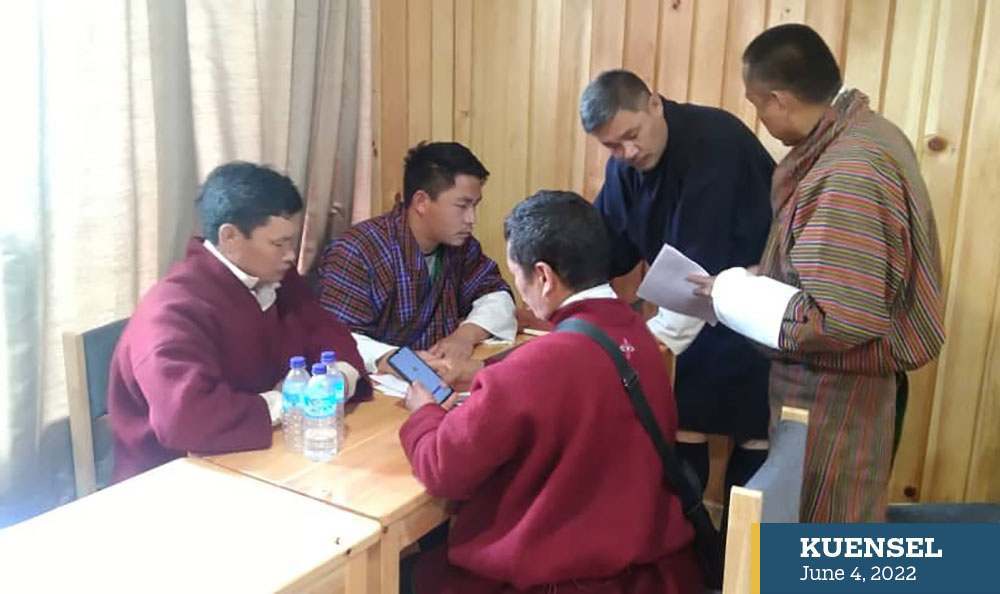Chhimi Dema
The Department of Livestock and members of the Bhutan Yak Federation drafted a strategy to improve the livelihoods of highlanders.
Called as the ‘Yak Federation Strategy Action Plan 2023 to 2027’, the strategy aims to improve highlanders’ livelihood through value addition and product diversification.
The strategy, which is in its final review process, will be submitted to the agriculture ministry for endorsement.
Department of Livestock’s chief livestock officer, Towchu Rabgay, said that the strategy focuses on developing yak and its product.
“It will also guide the Bhutan Yak Federation and cooperatives in effective planning and implementation of planned activities,” he said.
The strategy also aims to make yak cooperatives in the country economically viable and sustaining, generating employment and contributing to nation-building through the federation.
“It will guide in promoting and preserving the mountain’s rich culture and tradition besides maintaining transboundary cooperation through exchanging and sharing knowledge and experiences among the yak federations in the Hindu-Kush Himalayas,” Towchu Rabgay said.
He said that the federation will take lead to diversify yak products and develop export quality yak products.
With 470 members, the Bhutan Yak Federation was founded in April last year to promote yak farming as a vibrant and sustainable programme for highlanders.
The federation held its second general assembly meeting in Bumthang from May 19 to 20.
The chairpersons and members of the 12 yak cooperatives and officials from the agriculture ministry attended the meeting, where members identified rangeland (tsamdro), yak product diversification and genetic improvement as development areas.
The federation, through the cooperatives, has identified and prioritised producing one premium yak product under the One Cooperative, One Product (OCOP) concept by the year-end.
A livestock production officer, Kinley Rinchen, said the second general assembly prioritised producing yak wool products, value-adding and reviving harvesting wool practice that was dying.
He said that the federation targets to promote resilient and climate-smart farming, sustainable use and management of highland resources, and provide a platform for the highlanders to raise their concerns and challenges.
Yaks are distributed in 10 countries in the Asian highlands namely Afghanistan, Bhutan, China, India, Kyrgyzstan, Mongolia, Nepal, Pakistan, Russia, and Tajikistan.
The country has 10 highland dzongkhags where residents rear yaks.


